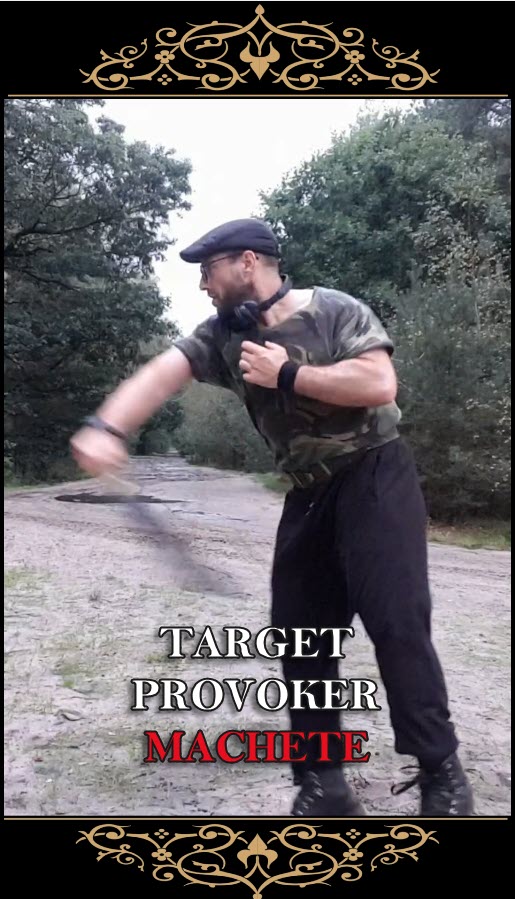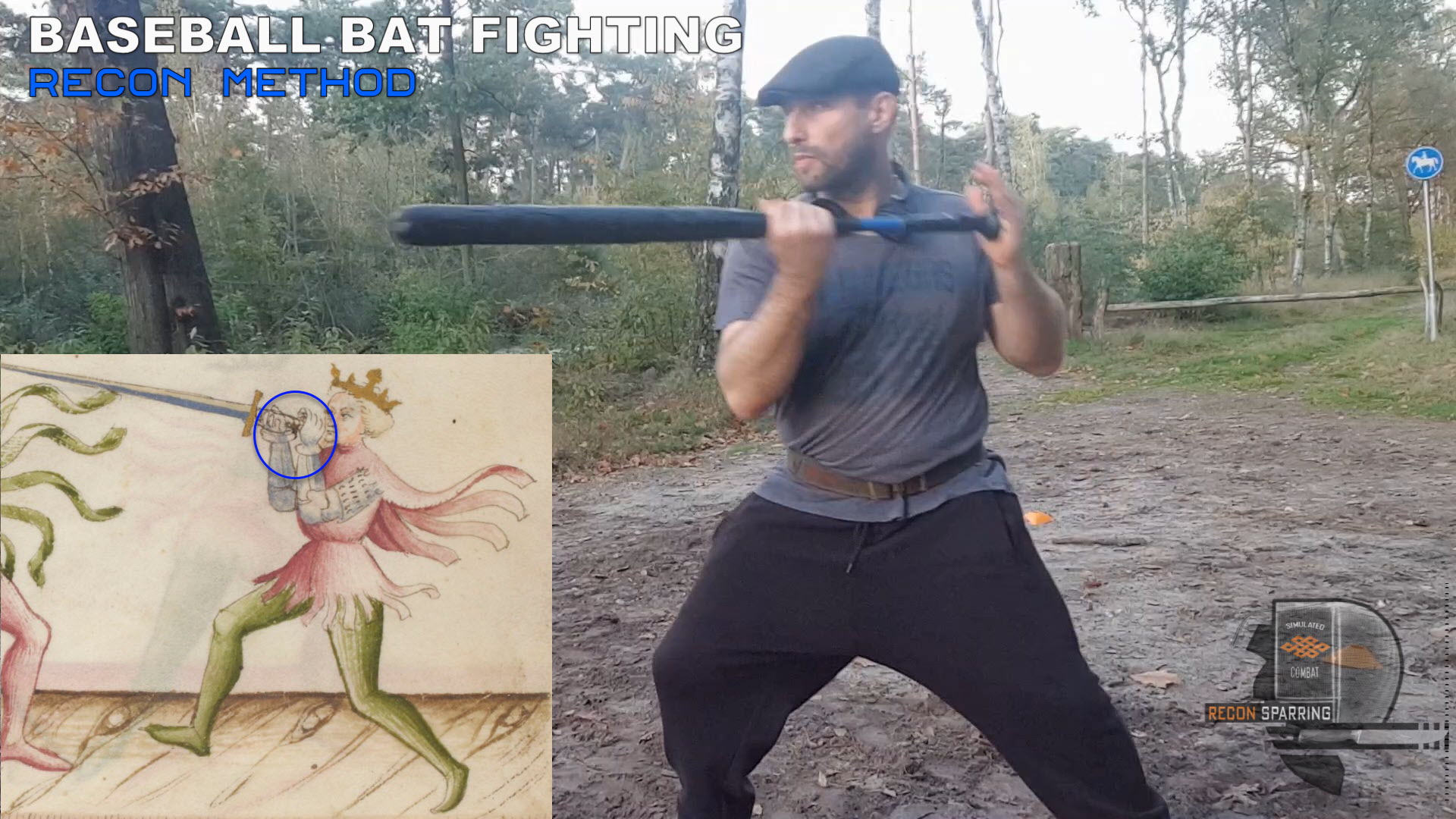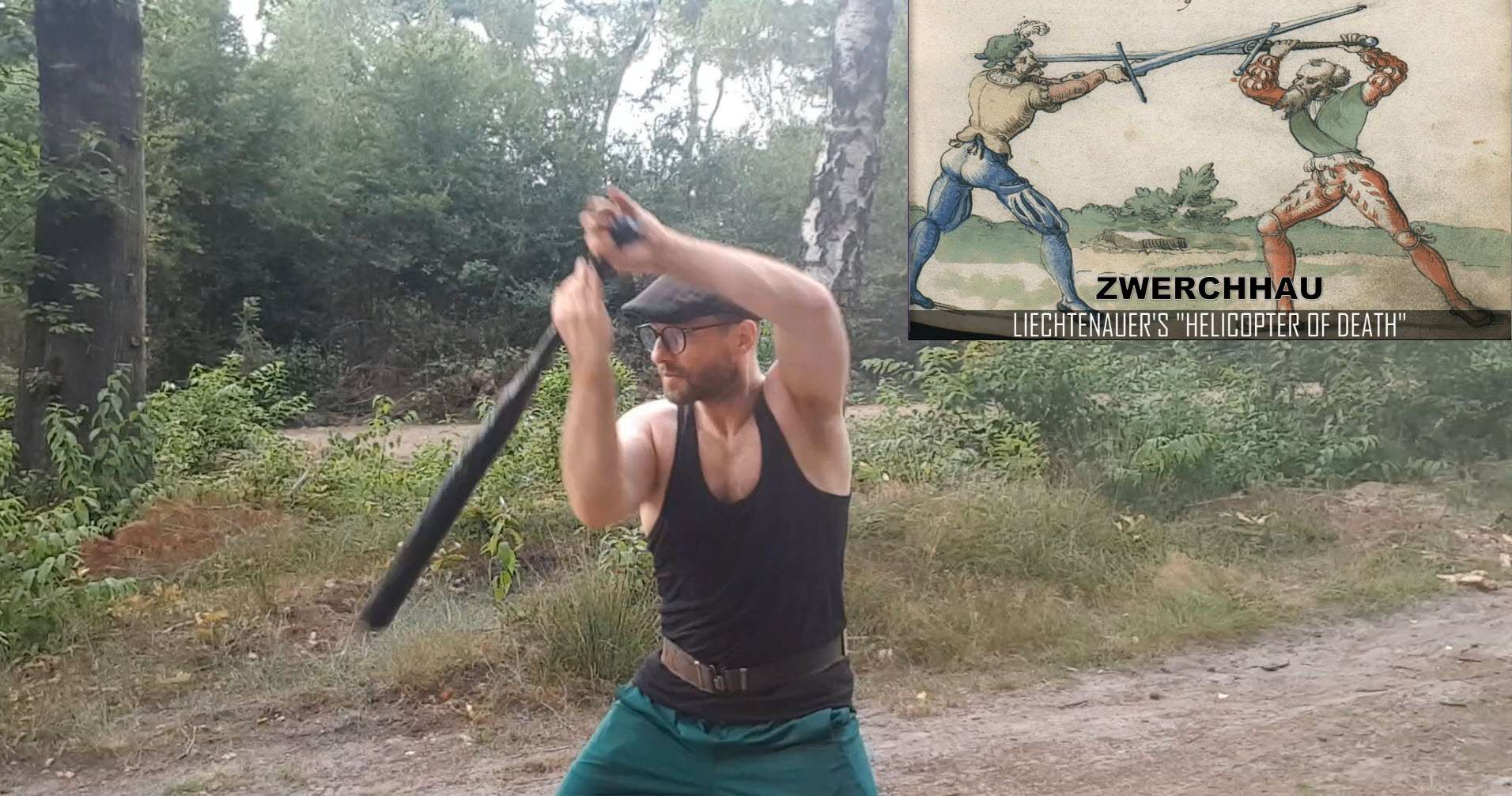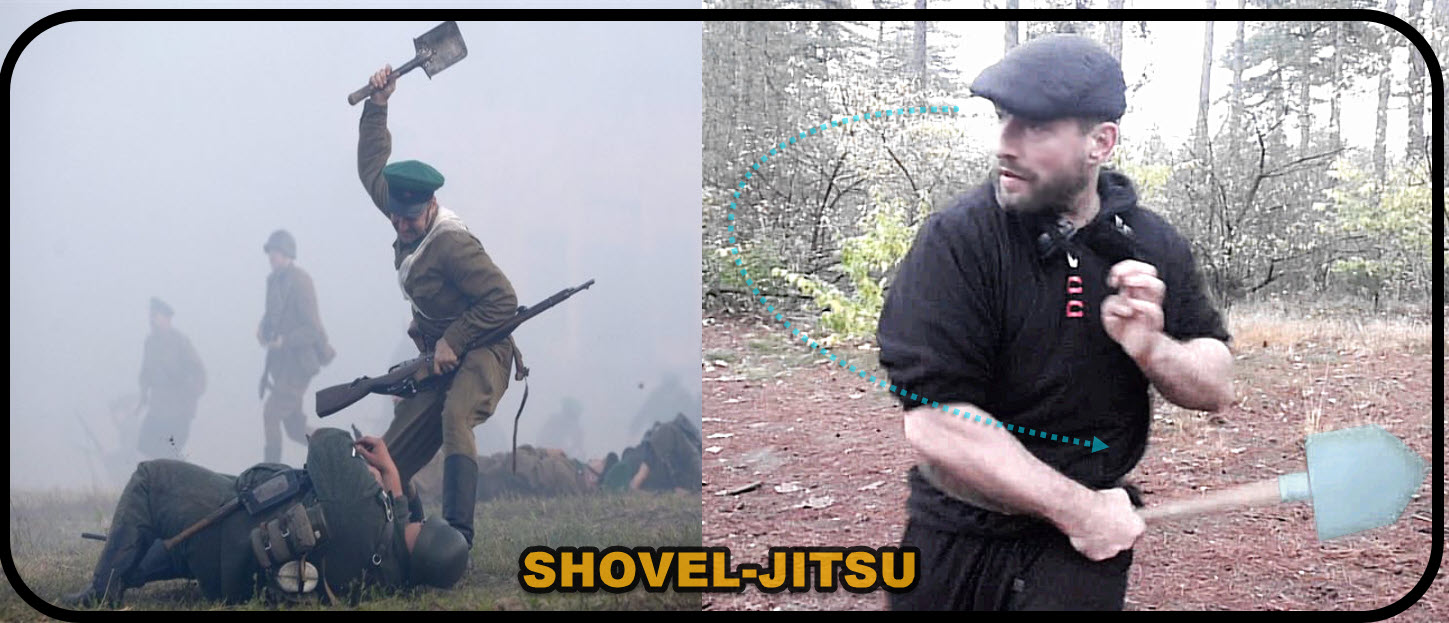The interceptor | Effective HEMA technique for self-defense
» Attacking the attack of the attacker. This is a separate category defense that can be done with a stick, knife, machete, and many other weapons. It works like a charm.
=====================
🎯 MISSION STATEMENT: What we mainly do is derive useful techniques, tactics, and principles from various HEMA treatises and modify them for modern-day self-defense purposes. In general, we utilize the most functional building blocks and are not HEMA purists. Our understanding of the reality of today’s self-defense needs is based on intensive study of real violence. We have real and relevant knowledge and experience.
Self-defense must be lawful and justified!
© 2023 Recon Method
- Description
- Background
- Additional
Enhance user experience with Advanced Tabs, allowing seamless content navigation. Organize information efficiently while keeping the interface clean and interactive. Perfect for FAQs, product details, or multi-section content.
Enhance user experience with Advanced Tabs, allowing seamless content navigation. Organize information efficiently while keeping the interface clean and interactive. Perfect for FAQs, product details, or multi-section content.




